From Anini’y poblacion, we again boarded our van for the short, 16.5 km. drive to the next town of Tobias Fornier. About 3 kms. south of Tobias Fornier, along the highway, we made a short stopover at the splintered rock of Punta Hagdan which juts out to sea. The town’s rugged coastline converges at this beautiful spot.
About 2.5 kms. from the poblacion, we made another stopover at Brgy. Diclum where we, together with students from the UP Visayas (Miag-ao, Iloilo) on a field trip, were to observe its cottage industry of buri handicraft making.
The leaves of the versatile buri palm (Corypha elata), which has large fan-shaped leaves with stout petioles ranging from 2 to 3 m. in length, grows in great abundance here. Buri palm is considered one of the most important palms, next to coconut, in terms of economic and industrial performance.
Here, the manugrara kang buri of the Buri Handicraft Association, Inc. (BUHAI) were waiting for our arrival. BUHAI, registered with the Securities and Exchange Commission since September 2001, has around 60 members coming from the 4 adjacent barangays. Because of BUHAI’s active involvement, buri production was chosen as the “One Town One Product (OTOP).” The BUHAI weavers, mostly women and plain housewives, learned the techniques of buri weaving, ever since they were young, by merely observing their mothers at work.
Prior to weaving, the buri palm leaves were braided or stripped off, then dried under the sun. Then, they are colorfully dyed in different hues to whatever color the person doing the weaving may like. These were done prior to our arrival.
The students were divided into a number of groups, with a master weaver, on hand, to teach them the basics of buri weaving. Later, they are to try it on their own, with the weaver guiding them.
First, the buri strands are folded into halves. Then four strands are folded together in pairs; horizontally and vertically, with the glossy brown color in the outer surface. The remaining strands on the sides or edge-line are then folded to keep the weave tightly locked in place. Unwanted or excess strands are then cut.
BUHAI’s finished products, artistically crafted with highly imaginative designs, include hats, mats, bags, buri boxes, purses, wallets, backpacks, holders and other novelty items. As all this is made by hand, the bigger, more intricate items take a long time to do.
On our way out of the town, we made another short stopover at the town’s famous cemetery which is known for its unique name “Kami Karon, Kamo Dason” which literally means “we go now, you go next.”
Buri Handicraft Association, Inc.: Brgy. Diclum, Tobias Fornier, Antique. Tel: (036) 320-1434.

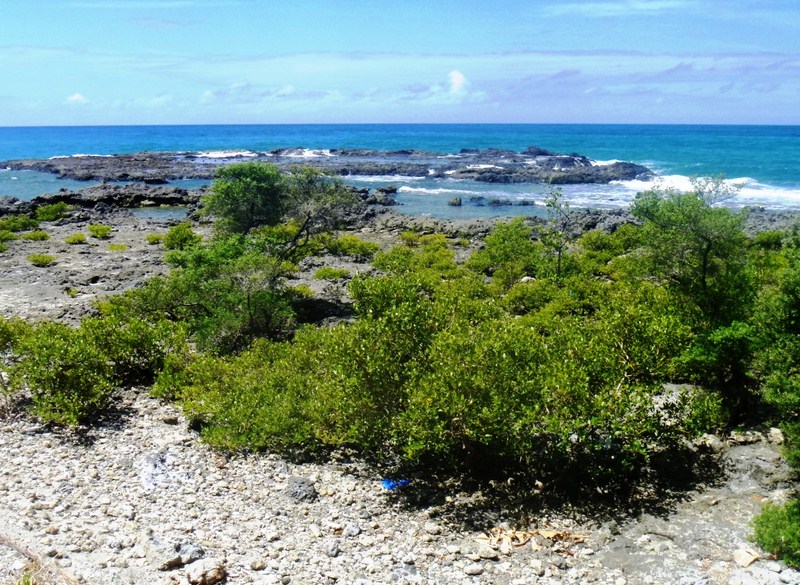
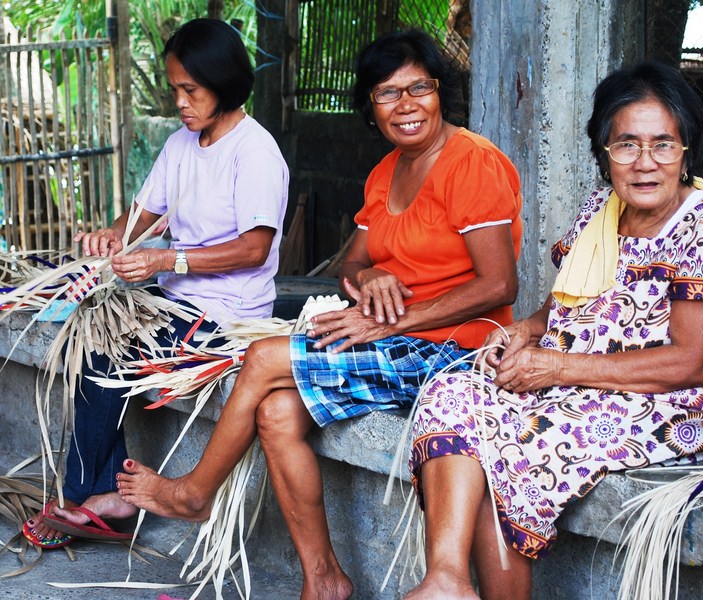
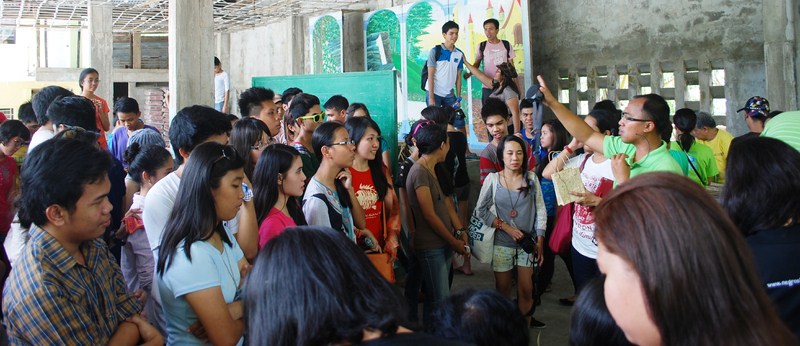
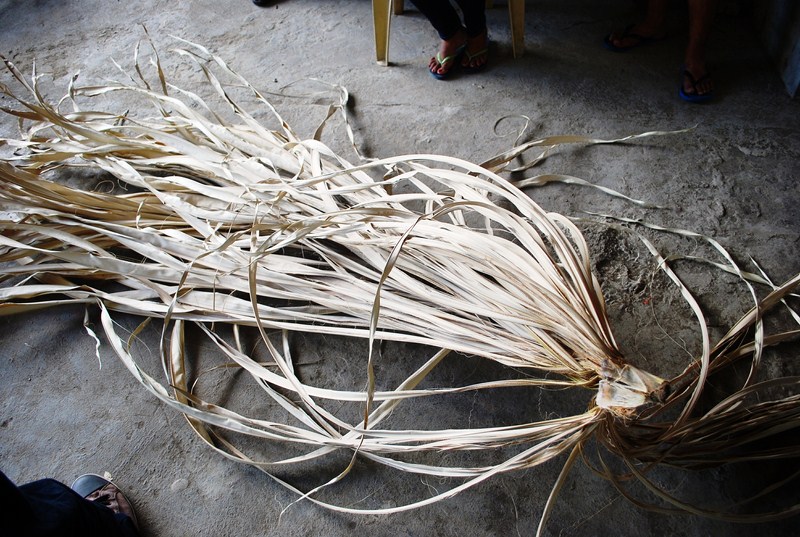
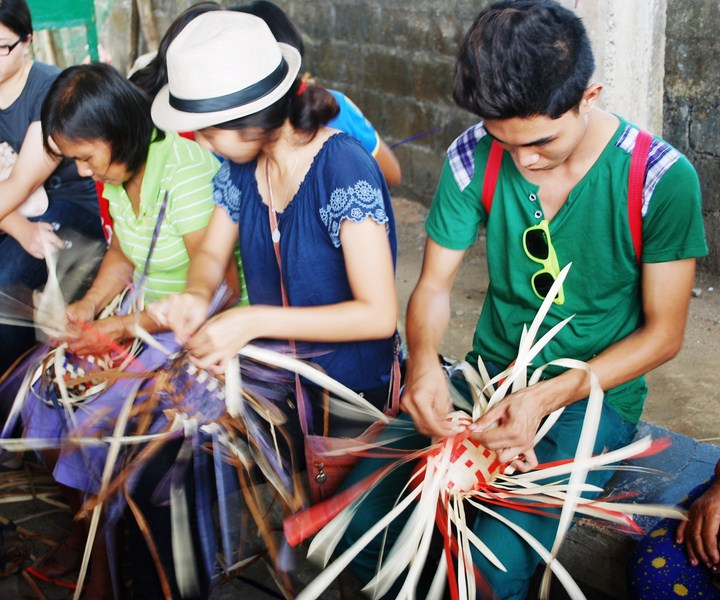
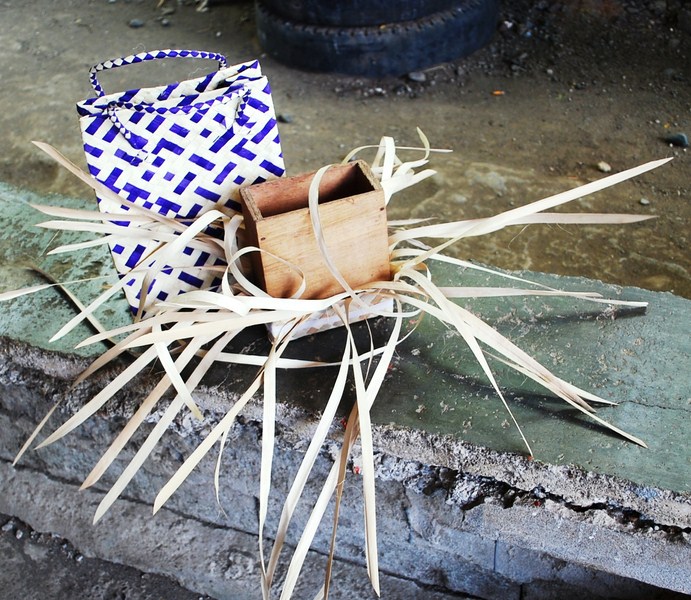
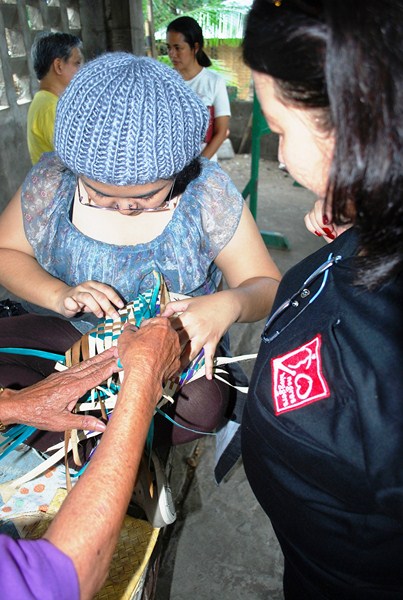
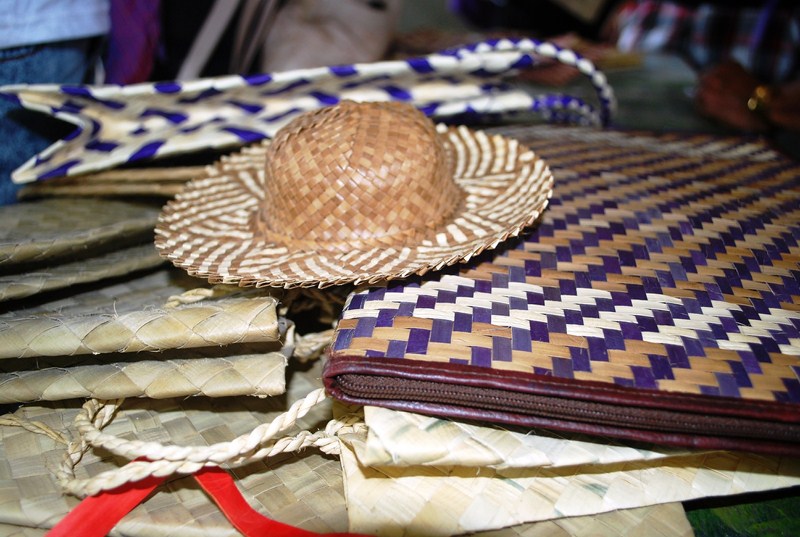
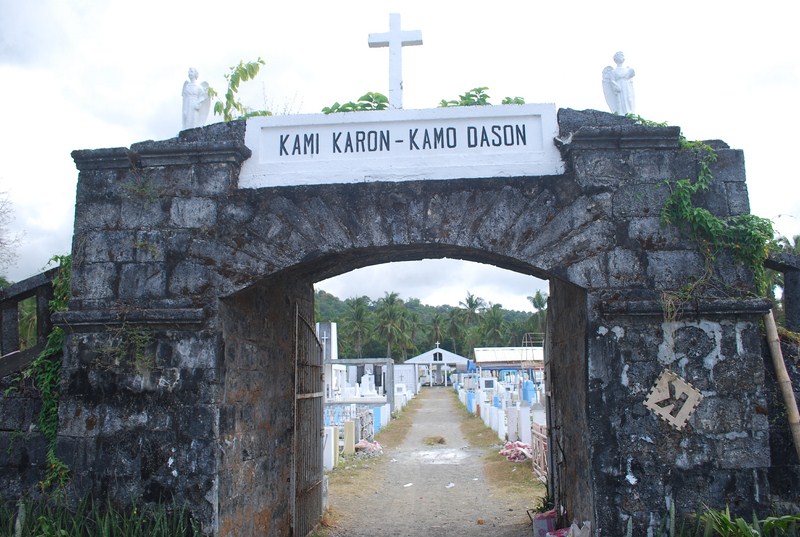
whoah this blog is magnificent i really like reading your articles.
Stay up the good work! You recognize, many individuals are hunting round for this info, you could aid them greatly.
my weblog: seo courses